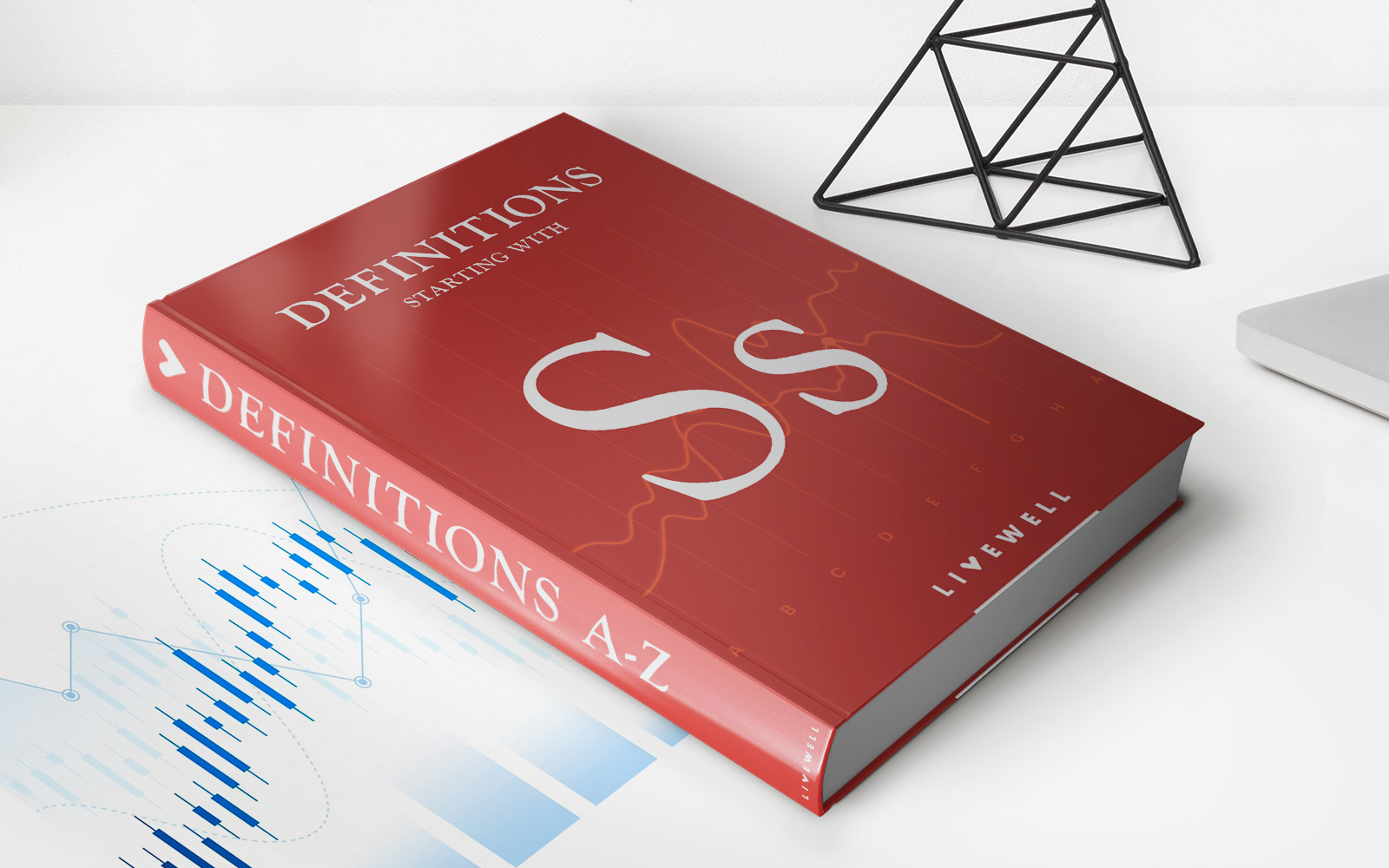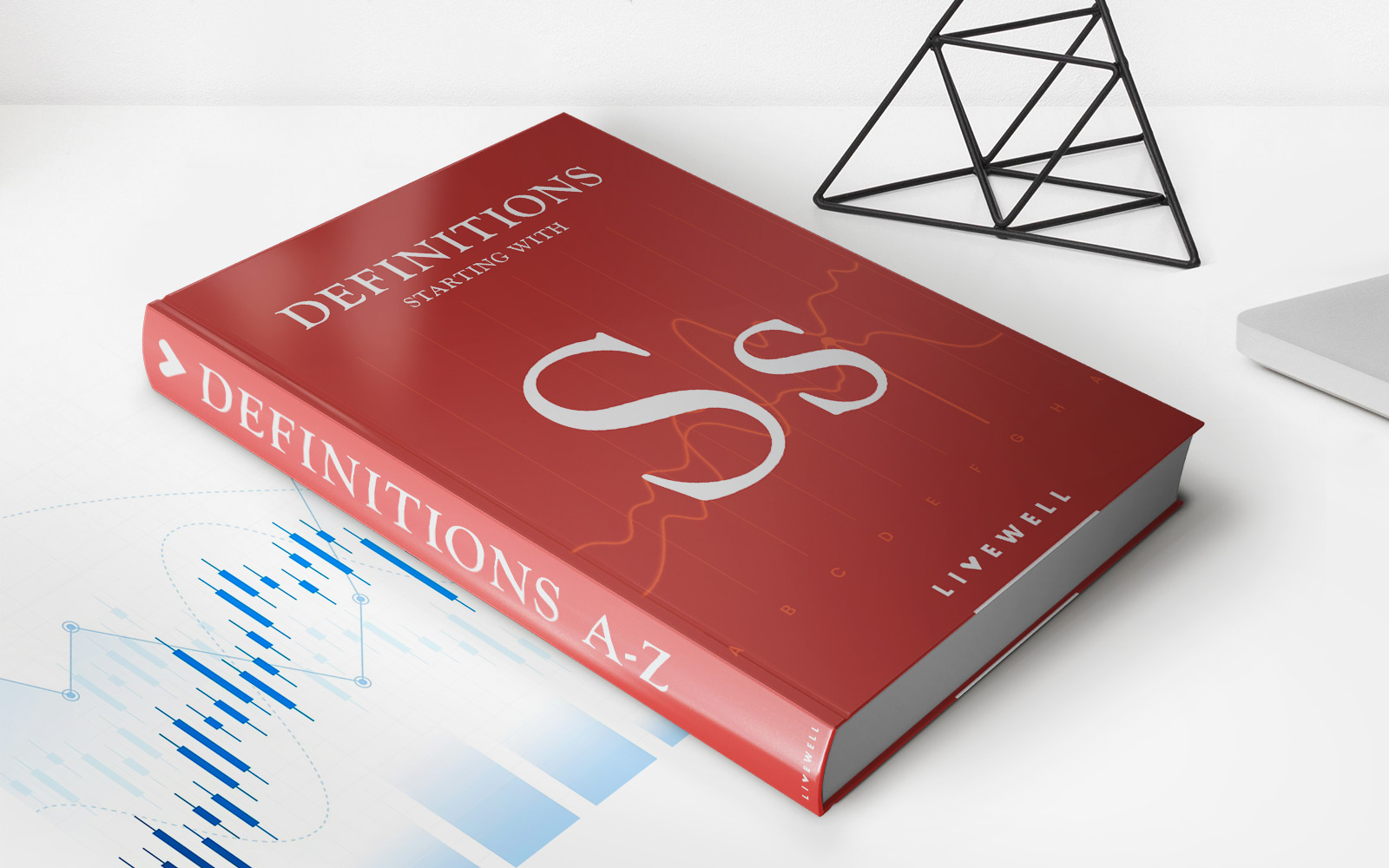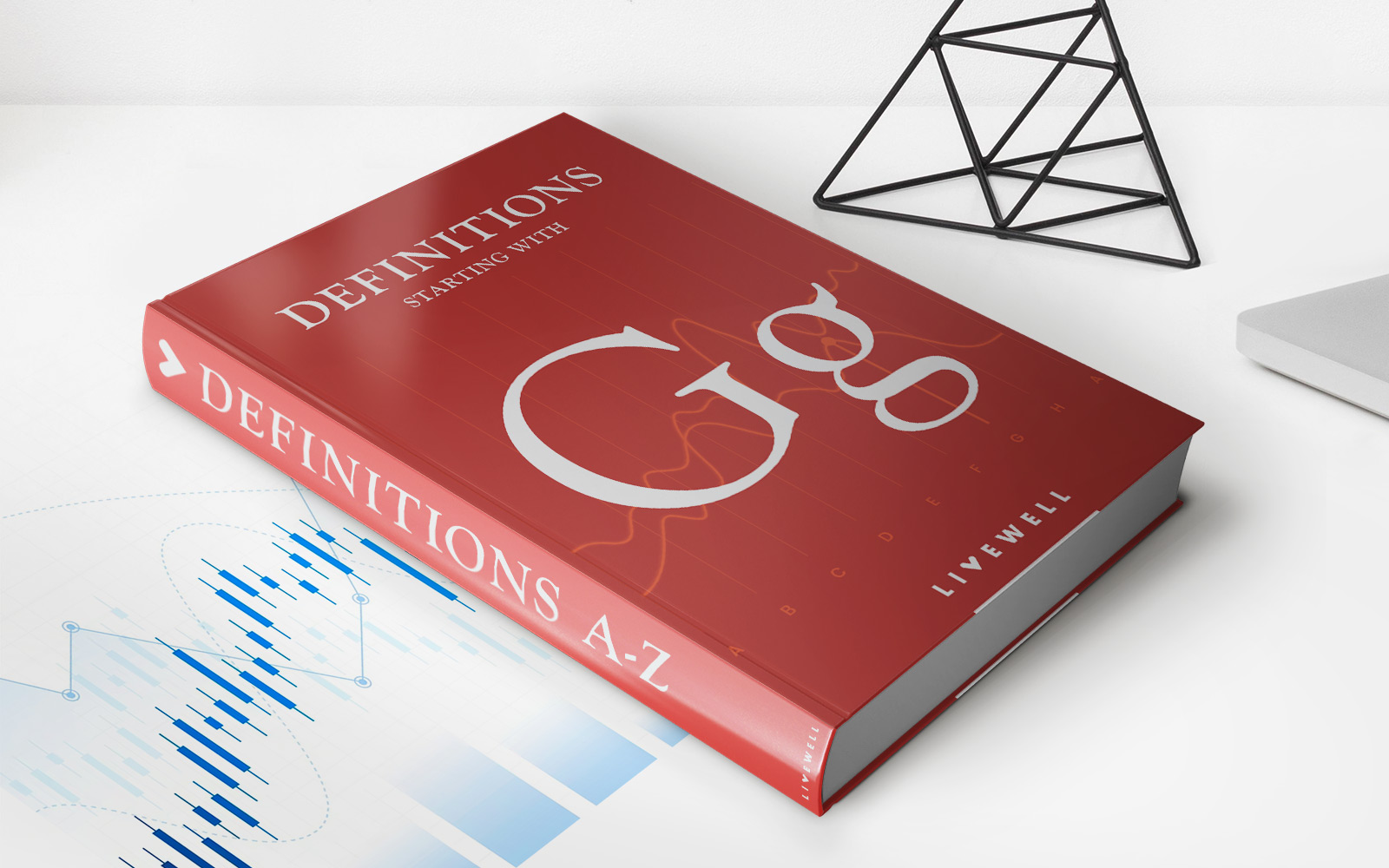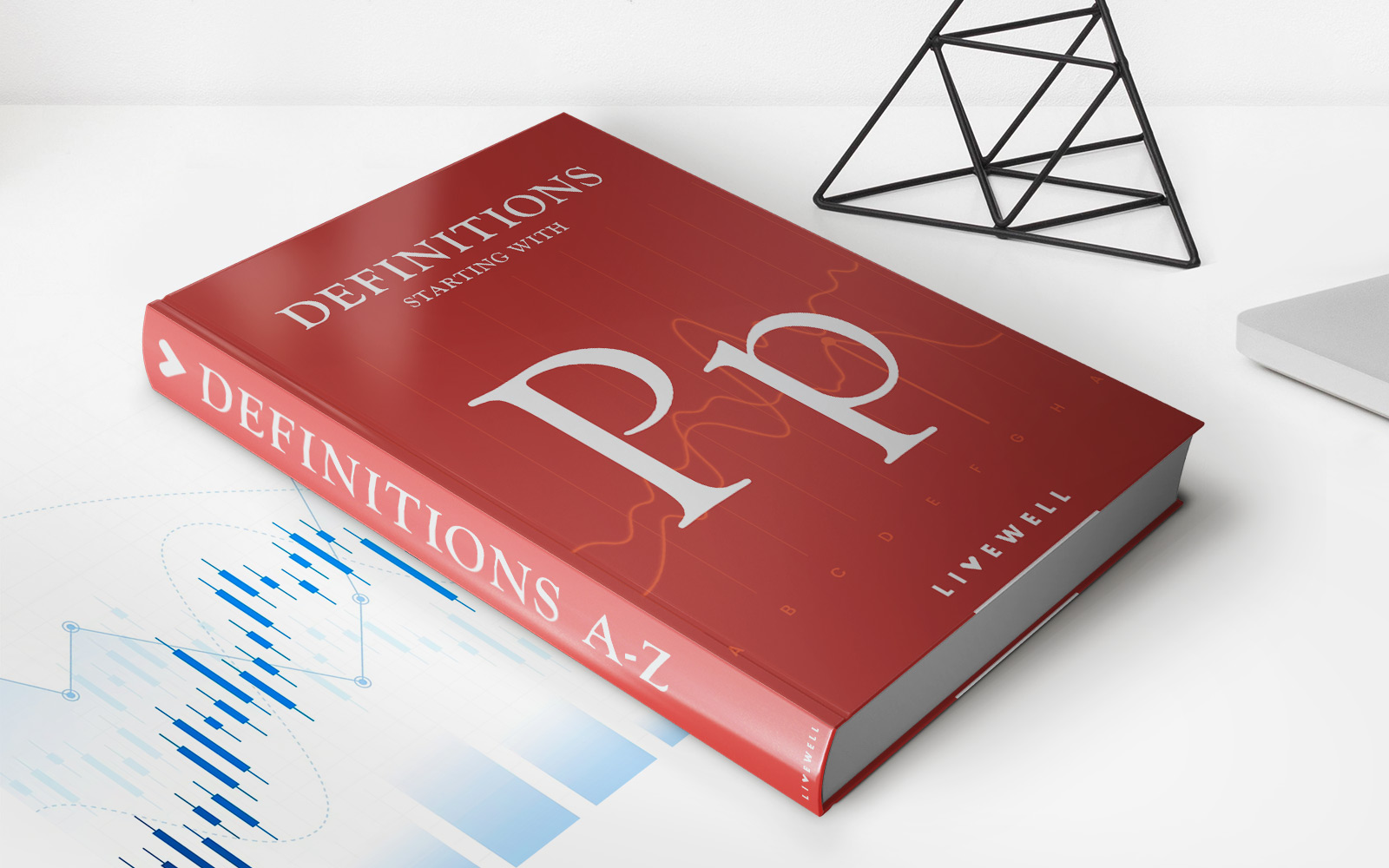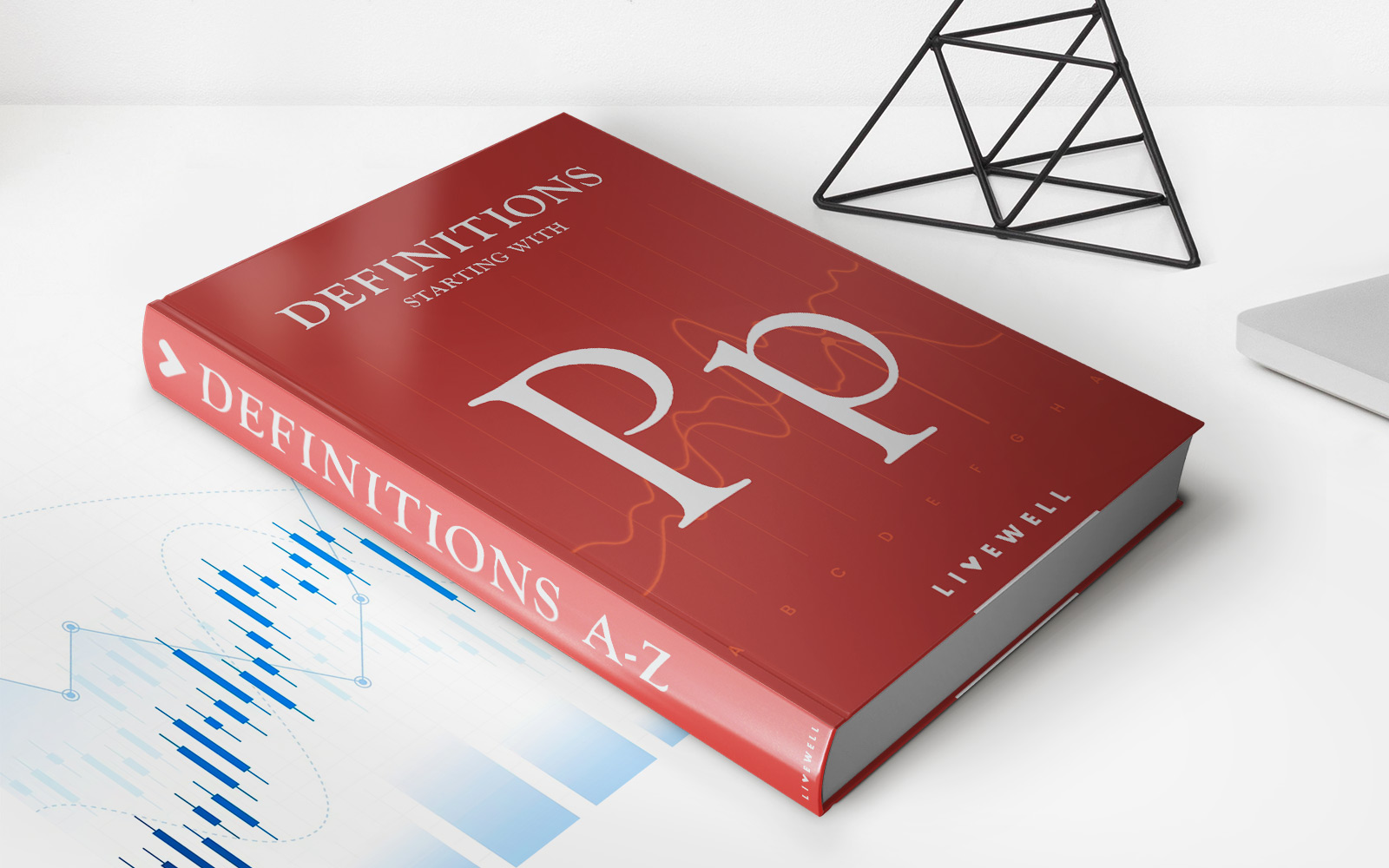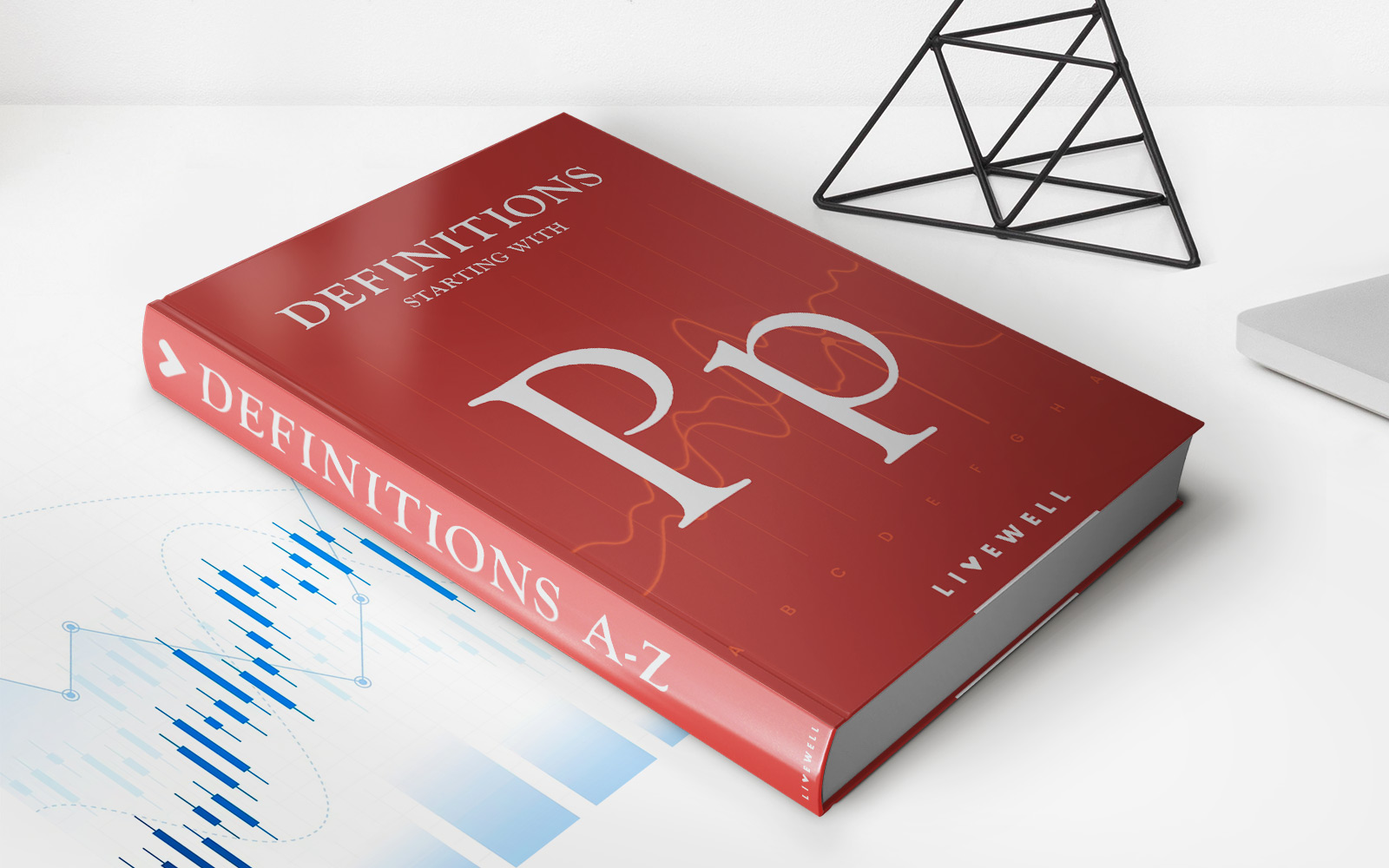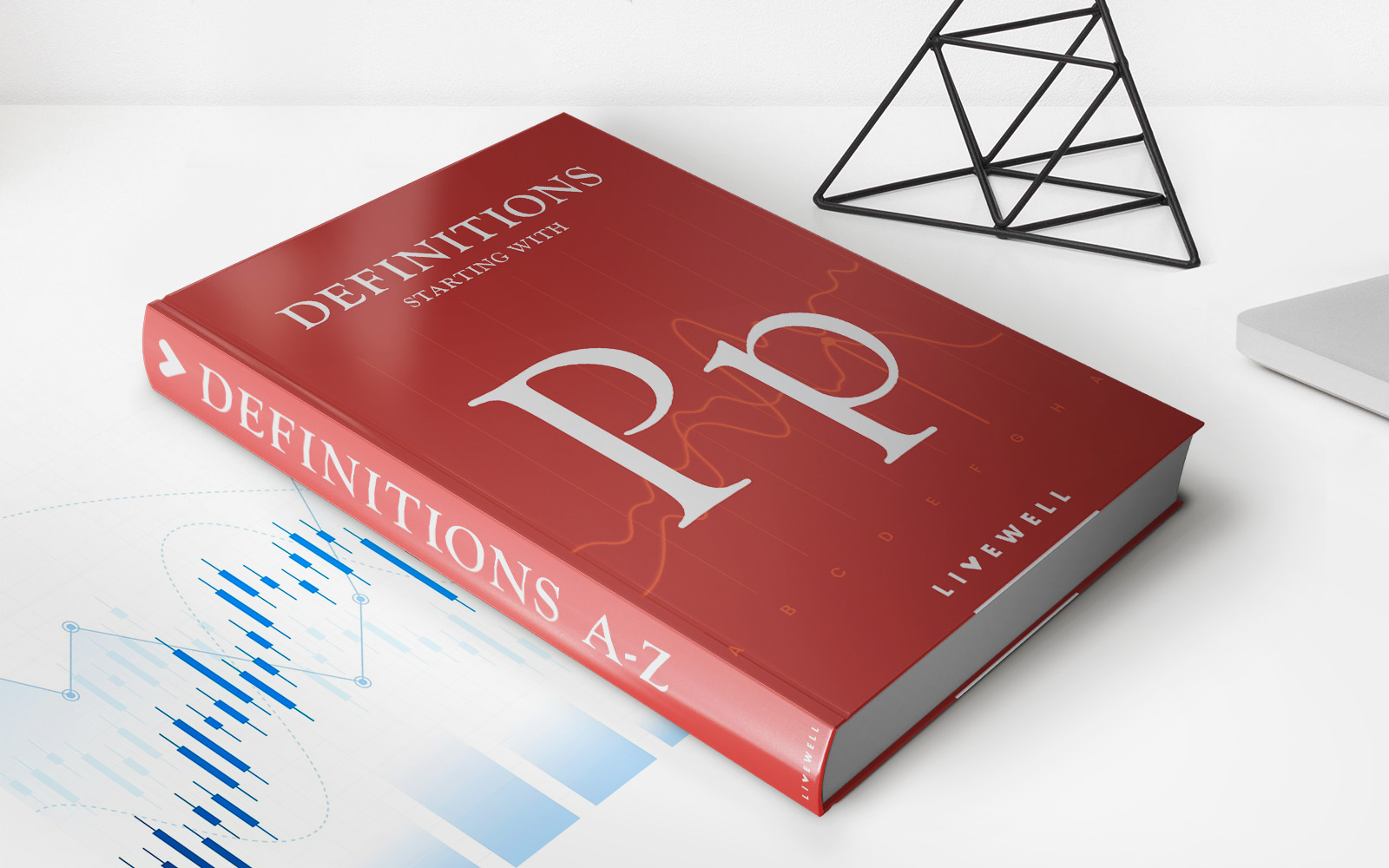Home>Finance>Shadow Pricing: Definition, How It Works, Uses, And Example
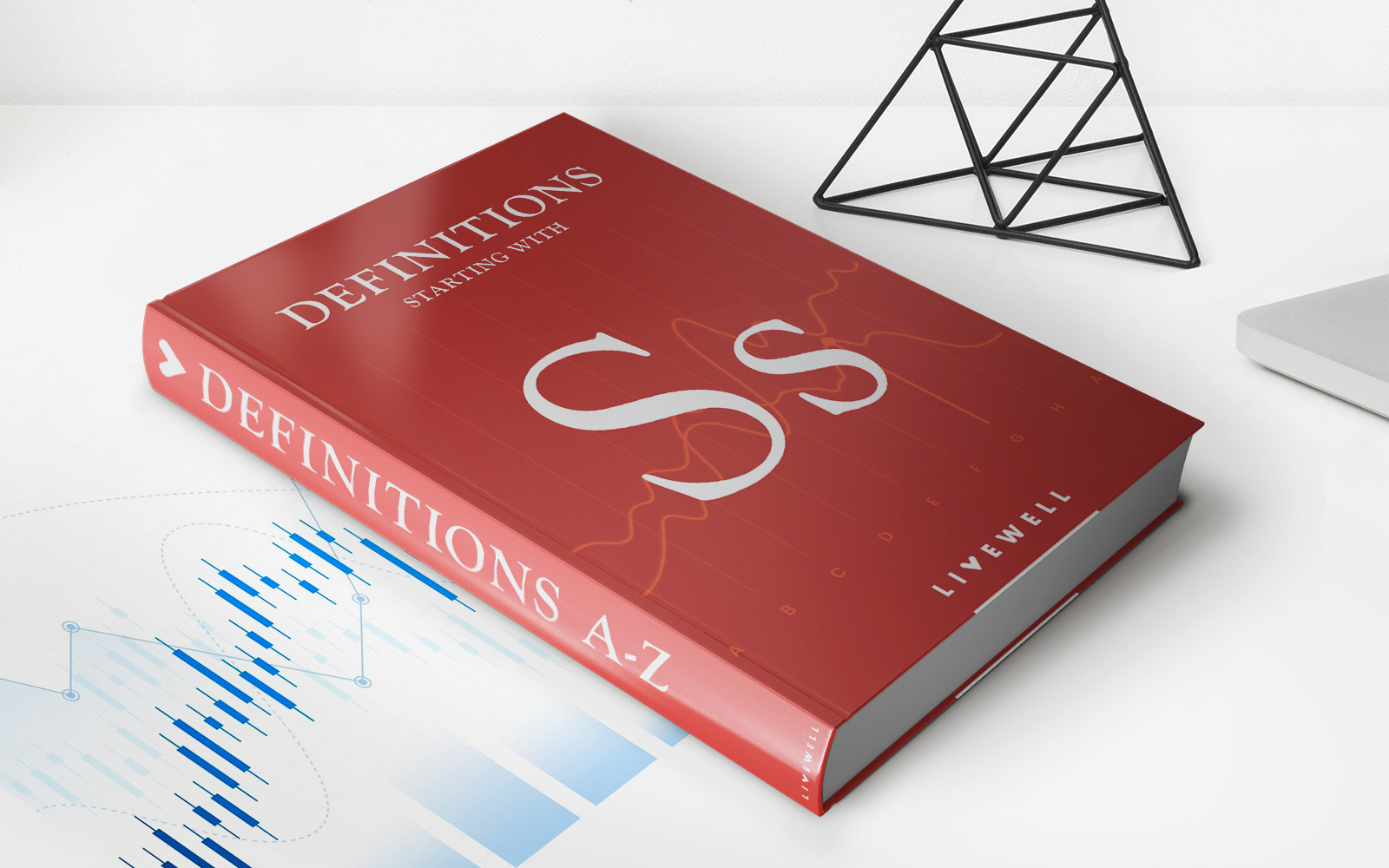

Finance
Shadow Pricing: Definition, How It Works, Uses, And Example
Published: January 28, 2024
Learn the concept of shadow pricing in finance, including its definition, working mechanism, various applications, and explore an illustrative example.
(Many of the links in this article redirect to a specific reviewed product. Your purchase of these products through affiliate links helps to generate commission for LiveWell, at no extra cost. Learn more)
Unlocking the Hidden Value: Shadow Pricing in Finance
When it comes to the world of finance, there are various strategies and techniques that can be employed to gain a competitive edge. One such technique is shadow pricing. In this article, we will delve into the concept of shadow pricing – what it is, how it works, its uses, and provide a practical example to help you understand its implications.
Key Takeaways:
- Shadow pricing is a method used to estimate the value of an asset or liability that cannot be easily priced using traditional valuation techniques.
- Shadow pricing is commonly employed in situations where there is limited market data or where the pricing of certain assets relies heavily on assumptions.
So, what exactly is shadow pricing? In simple terms, it is a way to assign a value to an asset or liability that does not have a readily available market value. Instead of relying solely on market prices, shadow pricing involves estimating the value based on a range of factors and assumptions.
The shadow price serves as an estimate of the intrinsic value of an asset or liability, considering the potential risks and uncertainties associated with it. It provides finance professionals with a tool to make informed decisions when traditional valuation methods fall short.
Now, you may be wondering how shadow pricing works in practice. Here are the key steps involved:
- Identify the asset or liability: Determine the specific item that requires a shadow price estimation.
- Define the valuation criteria: Clearly establish the factors that will be considered in the estimation process, such as future cash flows, market conditions, and risks involved.
- Gather relevant data: Collect any data points or market information that can help in the estimation process. This may include historical data, industry trends, and expert opinions.
- Perform analysis: Apply the collected data and valuation criteria to derive an estimated shadow price for the asset or liability. This typically involves utilizing mathematical models or statistical techniques.
- Monitor and review: Regularly assess and update the shadow prices to ensure they remain reflective of the current market conditions and risk profiles.
Uses of Shadow Pricing
The application of shadow pricing extends across various financial domains. Here are some common use cases:
- Investment decision-making: Shadow pricing helps investors assess the potential value and risks associated with assets that lack readily available market prices. It assists in comparing investments with different risk profiles and estimating their potential returns.
- Internal valuation: Companies may use shadow pricing to estimate the value of internally generated assets, such as intellectual property or goodwill, which cannot be easily valued using conventional methods.
- Risk management: Shadow pricing aids in identifying and quantifying risks that are inherent in complex financial instruments or illiquid assets, allowing institutions to better manage and mitigate these risks.
- Project evaluation: Shadow pricing can be utilized to evaluate the economic viability of projects, especially those with long-term payoffs and uncertain cash flows.
An Example:
Let’s consider a real estate developer who plans to build a commercial property in a fast-growing urban area. Due to limited comparable sales data and uncertainties surrounding the local economy, estimating the market value of the property becomes challenging using traditional valuation approaches.
Using shadow pricing, the developer can consider various factors, such as projected rental income, occupancy rates, construction costs, market growth potential, and interest rates, to arrive at an estimated value for the property. This allows the developer to make informed investment decisions despite the lack of concrete market data.
Ultimately, shadow pricing provides a valuable tool in the financial landscape, enabling professionals to make more informed decisions when faced with uncertainties and limited market data. It allows them to navigate complex situations and unlock hidden value in assets and liabilities.
Next time you encounter a situation where traditional valuation methods fall short, remember the concept of shadow pricing and its potential to shed light on the true value of your investments and assets.

